After weeks in Poland we're entering now new territory: The border region between Germany, Poland and the Czech Republic is a widely unknown region for tourists, but worth some expeditions.
It is the land of three countries, a region that was sometimes this and sometimes that, torn and glued together, conquered, defended and lost. Places have many names here, facades tell of times long forgotten. In many places the plaster is crumbling, a sharp smell of lignite stoves is in the air. We are in Broumov, a town that was once called Braunau.
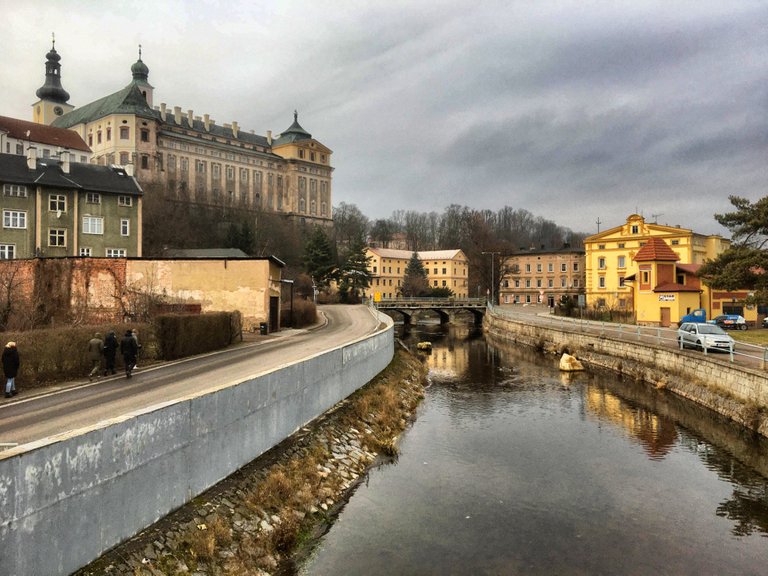 On the left the palace of the Benedikts
On the left the palace of the Benedikts
She lies at the confluence of the Liščí potok, formerly Voigtsbach, with the Steine River in the northeastern part of Bohemia, about 30 km south of Wałbrzych, the town of Hitlers "Projct Giant", now Polish Waldenburg, and once belonged to the Königgrätz region. From here it is not far to the rock town of Adersbach, an incomparable natural monument. But there is not much else here, at first sight.
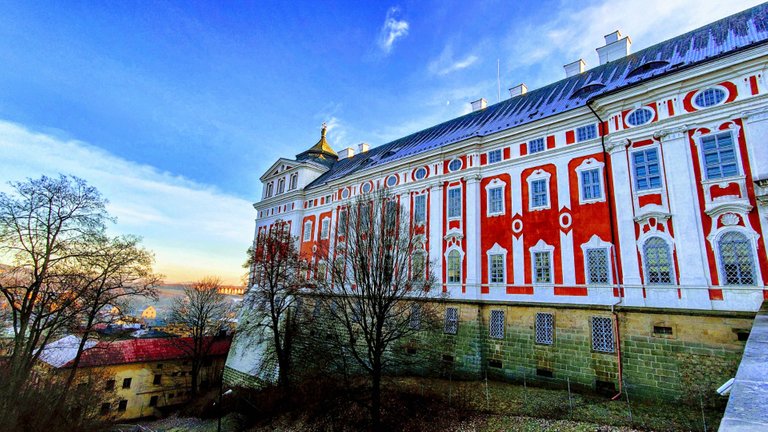 This is it from nearer
This is it from nearer
It looks different
On the second, however, it looks quite different. The center of Broumovsko is a town full of history, which for more than seven centuries was shaped by the activity of the Benedictine Order in the Abbey of St. Wenceslas. If it was the cloth makers who provided economic prosperity here by serving markets far beyond Bohemia and neighboring Silesia, it was the Benedictine monks who established their own ecclesiastical kingdom here from 1348.
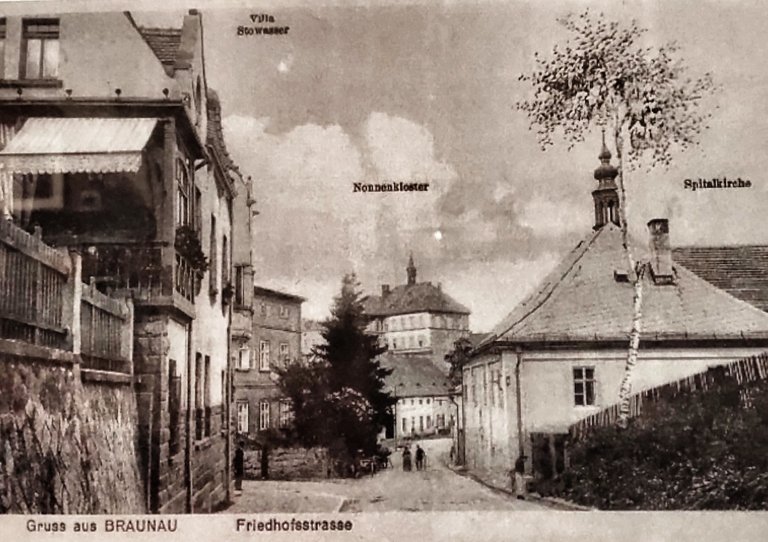 An old picture of Broumov
An old picture of Broumov
They did not conquer it by fire and sword like the Crusaders in Poland. It was given to them as a gift by Emperor Charles IV. As a result, the historical center of Braunau was built, in a typical Silesian layout, German more than Polish, Polish more than Czech. Today, the area nevertheless belongs to the Czech Republic. Only the cuisine in the restaurants, mostly rustic taverns, is Polish.
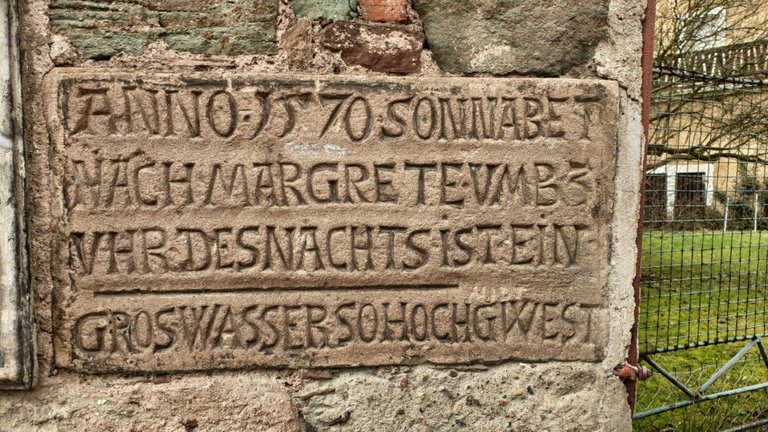 German language was common here for ages
German language was common here for ages
Anyone who visits the town must be amazed. After a fire in 1306, a former castle was rebuilt into a fortified monastery with the church of St. Adalbert, which still towers high above the town. The monastery is also in the best condition, renovated and repaired. Just like the monastery church, the parish church of St. Peter and Paul, rather than the majority of normal houses. For the Czech Republic is poor by European standards, lacks the money to bring the cultural heritage, slowly decaying in the socialist era, up to scratch.
 Once this was the center of Bohemia
Once this was the center of Bohemia
Largely unknown
Yet this largely unknown town is one of the most important cultural centers in northeastern Bohemia. Walking through its streets, one has no idea of the great conflicts that once took place here. Braunau joined the Hussite movement in the 15th century. In 1617, as part of the Counter-Reformation, the Catholic League had the Wenceslas Church in Braunau, which was used by Protestants, closed. Protestants complained of a violation of religious freedom and rose up against Habsburg rule in the Bohemian Estates Revolt, which became the trigger of the Thirty Years' War that devastated all of Europe.
 Deep in the woods we found this traces of a lynx
Deep in the woods we found this traces of a lynx
And helped the Břevnov Abbey to its glory. After the war, the order was so rich that it was able to rebuild all the churches and the monastery according to the designs of the master builder Martin Allio. Later, however, the Prussians came and occupied the area, trade collapsed and it took until the 19th century, when with the beginning of industrialization, before the first industrial plants and villas of the factory owners and tenement houses for the working people were built. Weaving mills and now determined the picture, until in 1866 another war began and many Braunauer left their home. They founded the village of Nueva Braunau in Chile.
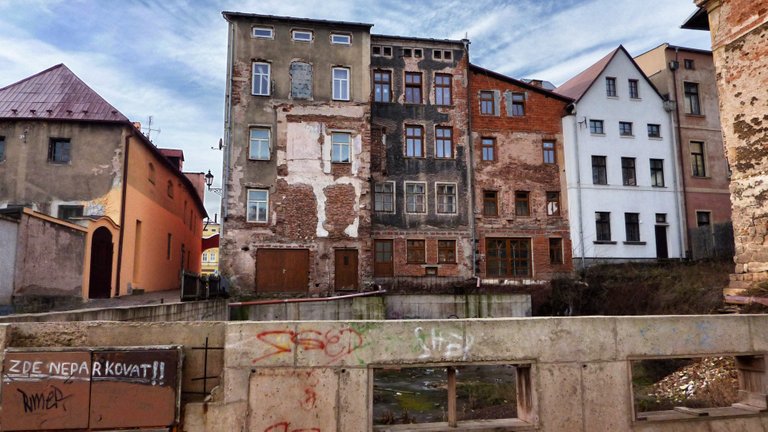 Broumov isn't nice in every corner
Broumov isn't nice in every corner
Nations fighting for this country
With the end of World War I, Bohemia came under the government of the newly founded Czechoslovakia, and after the Munich Agreement of September 30, 1938, the town was incorporated into the German Reich with the newly founded Reichsgau Sudetenland. To this day, German letters can be seen on the walls of the houses, references to former carpentry shops, bakers and workers' hotels.
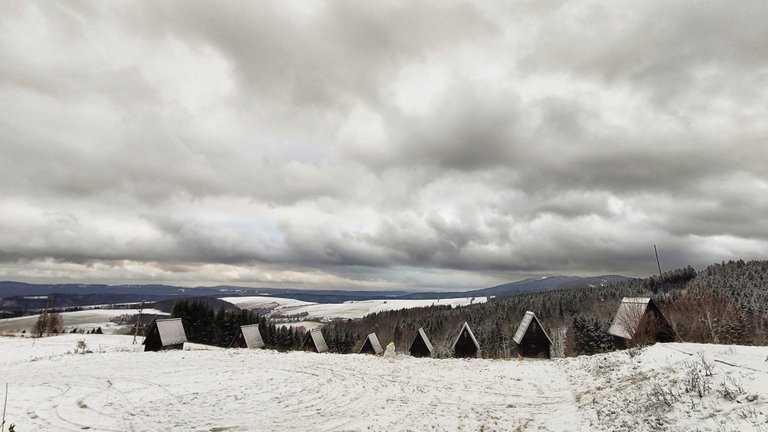 But the landscape around is stunning
But the landscape around is stunning
No traces can be found of a tragedy: in 1939 the monastery grammar school was confiscated by the Nazi regime. During the Second World War, two monks were taken to the Dachau concentration camp by the Nazis and murdered there.
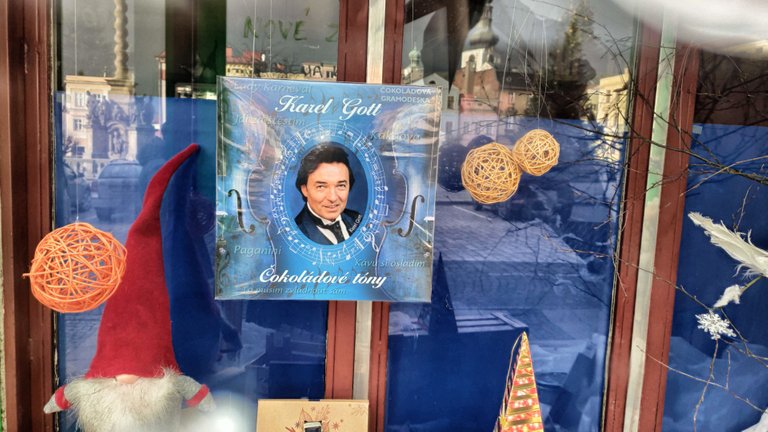 The singer Karel Gott (i english god) is a hero in Czech
The singer Karel Gott (i english god) is a hero in Czech
At the end of World War II, however, Braunau was occupied by units of the Red Army and returned to Czechoslovakia. The German-speaking population was expelled, and the vacant buildings were taken over by new settlers from the neighboring districts of East Bohemia, Slovakia, and re-immigrants from abroad.
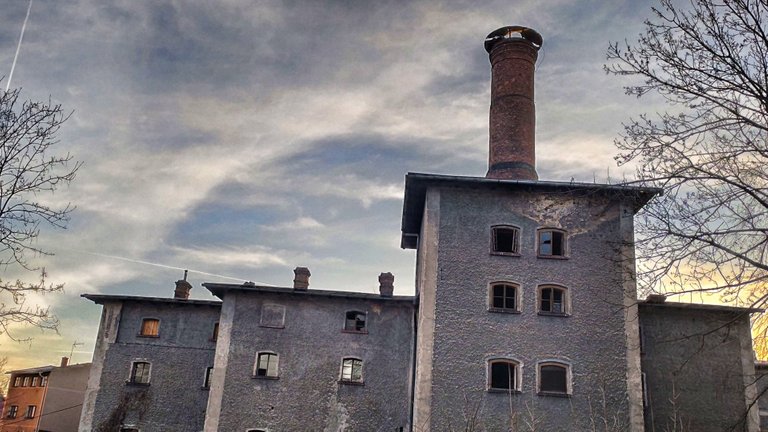 Remainings of the industrial age
Remainings of the industrial age
Murders in town
The Benedictines of Broumov Monastery were also expelled and they to Rohr Monastery in Lower Bavaria as expellees. Two German monks could not escape. They were killed by a Czechoslovak militia in the monastery. Later, Benedictine monks from the USA tried to repopulate and run the monastery, but were expelled from the country by the communist regime of Czechoslovakia as early as 1950.
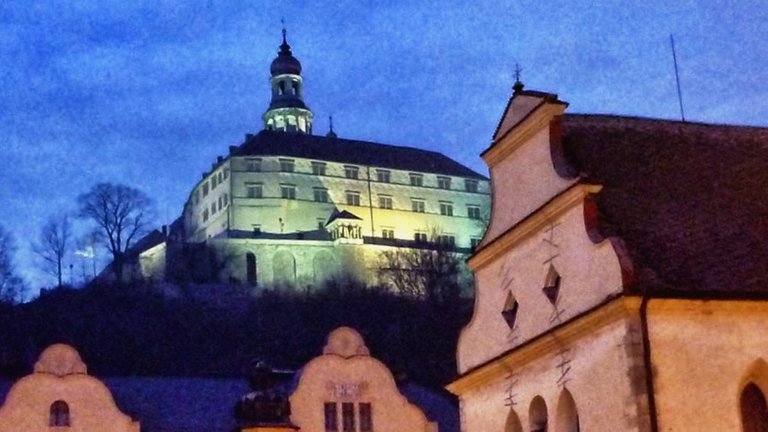 The Palace by night
The Palace by night
The monastery buildings then served as a political prison for the religious sisters of various monasteries from all over the Czechoslovakia arrested by the communist regime.
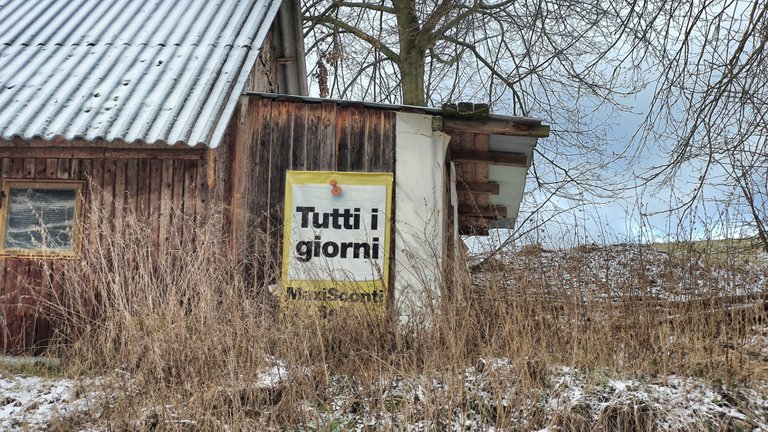 Remainings of the beginning of the western ages in Czech
Remainings of the beginning of the western ages in Czech
Deep in the forest a few kilometers away you can find an almost completely forgotten rudiment of the great past, if you look carefully. The Kostel sv. Jana Křtitele.
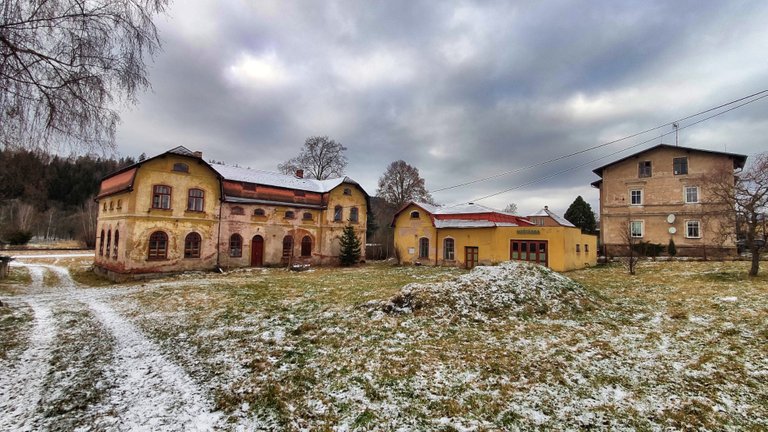 A few old building sourrounding the old city, most of them are lost
A few old building sourrounding the old city, most of them are lost
Church of St. John the Baptist Kościół, is just a mountain of rubble, overgrown and covered with moss. The church had been built in 1672, from the wood of an old church Heřmánkovice. To this church also went many Poles who came over the mountains specially. In August 1960, the so called national committee demanded the demolition of the building. The reason was its decrepitude and desolate condition. In 1961 the protection of the monument was cancelled and in 1964 the church was demolished. Today nothing is left, only a few stones, covered by snow. A lynx has left traces at the white layer.
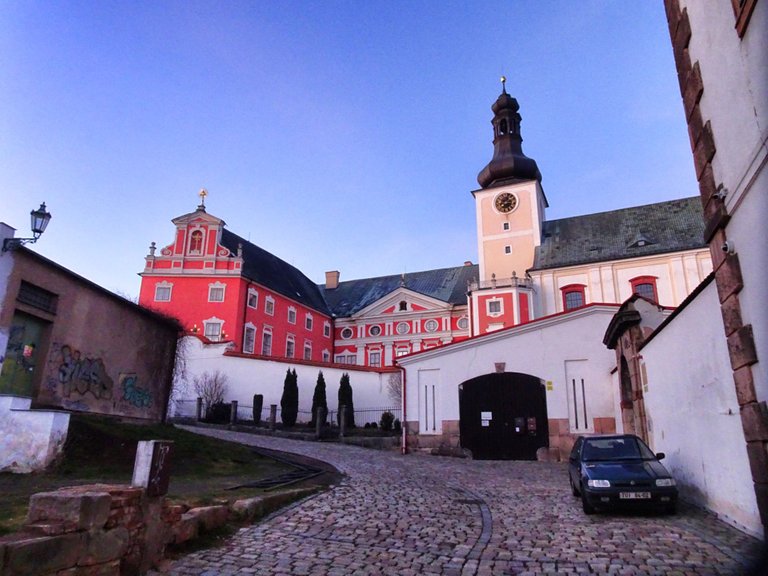 A lot of money was spend to renew the old buildings
A lot of money was spend to renew the old buildings
Thank you for reading and if you like my work please follow me on Hive, Travelfeed or Steem or visit my homepage koenau.de
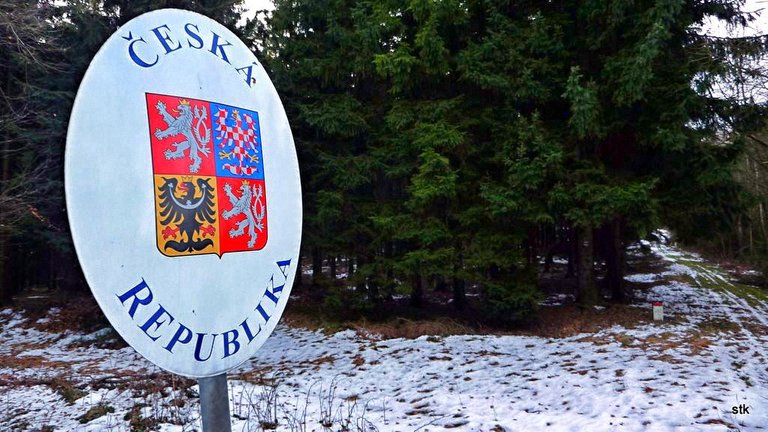 This is the border now
This is the border now
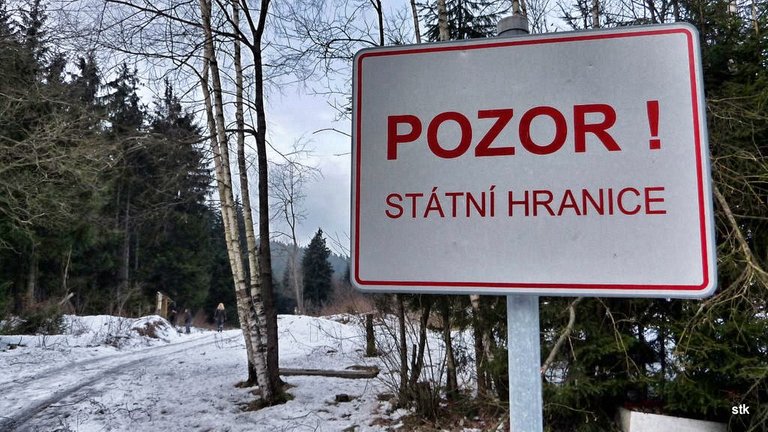 and this is the other side - you can cross where ever you want
and this is the other side - you can cross where ever you want
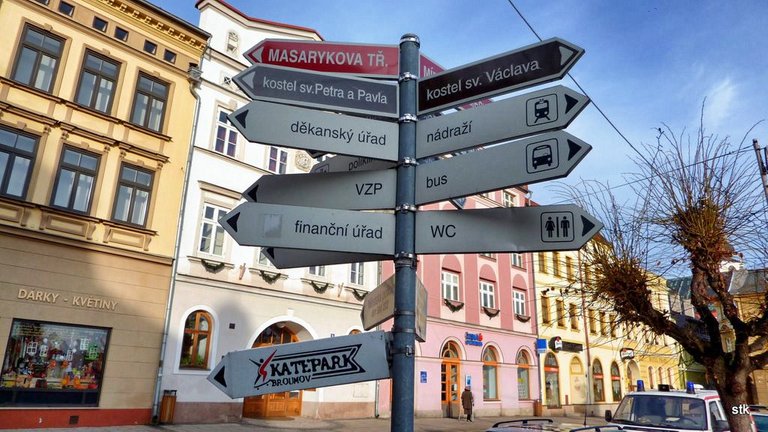 The middle of the world: Braunau
The middle of the world: Braunau
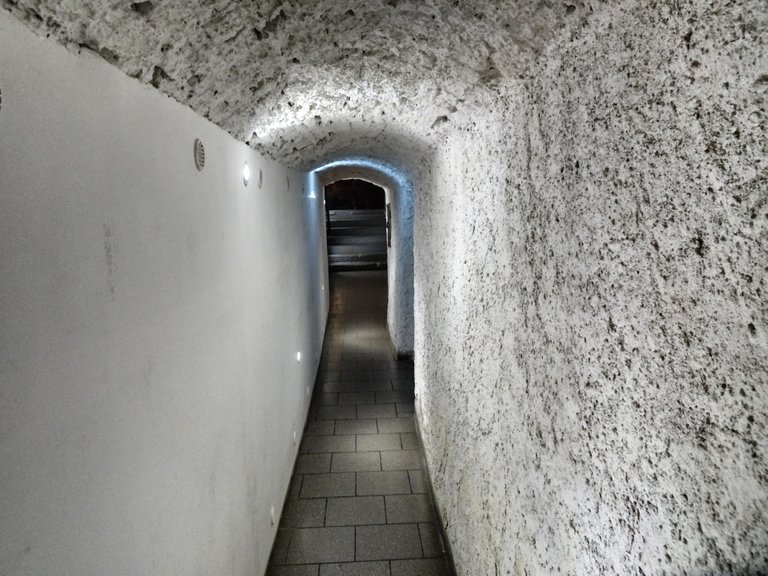 Under the city a many deep tunnels
Under the city a many deep tunnels
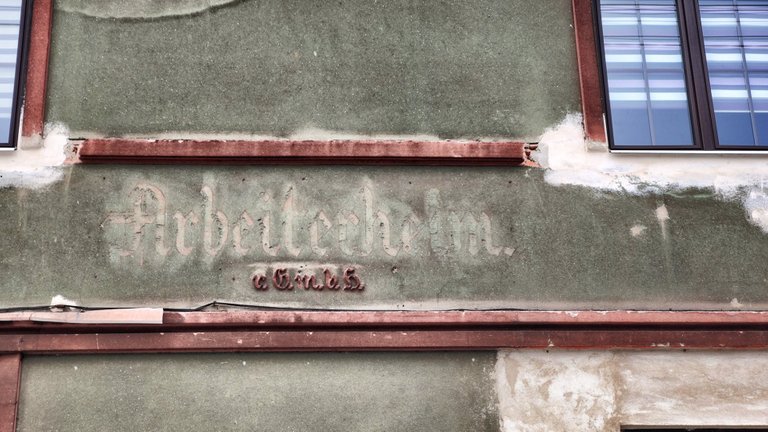 On the walls are old german signs
On the walls are old german signs
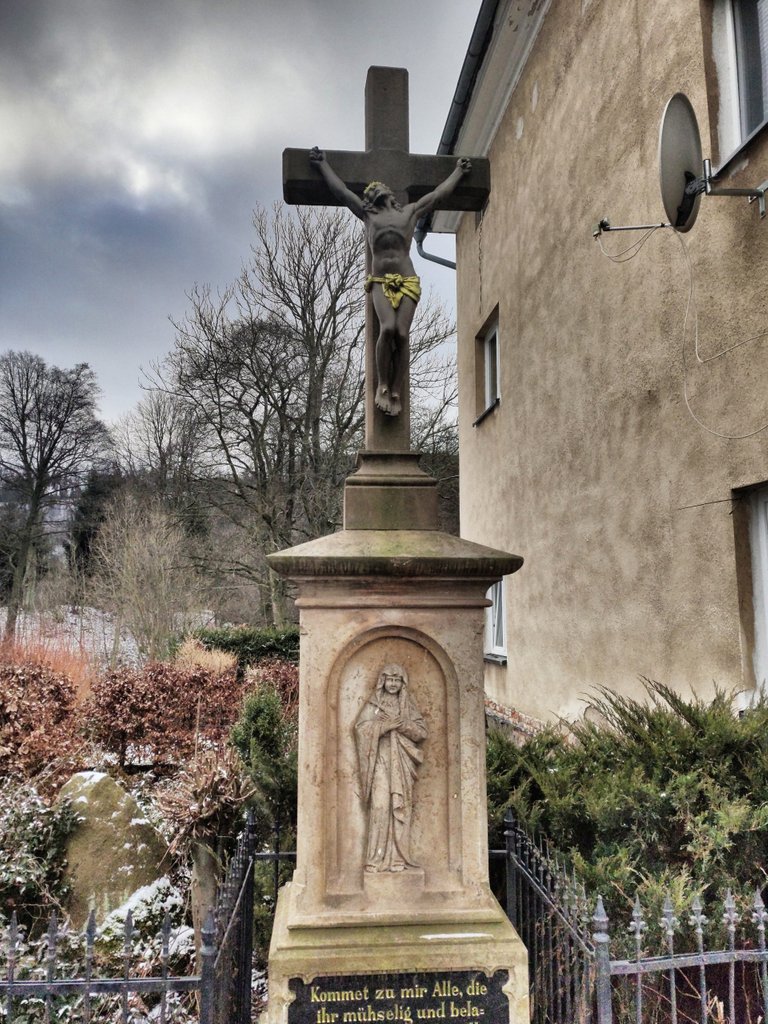 Jesus with german writing
Jesus with german writing
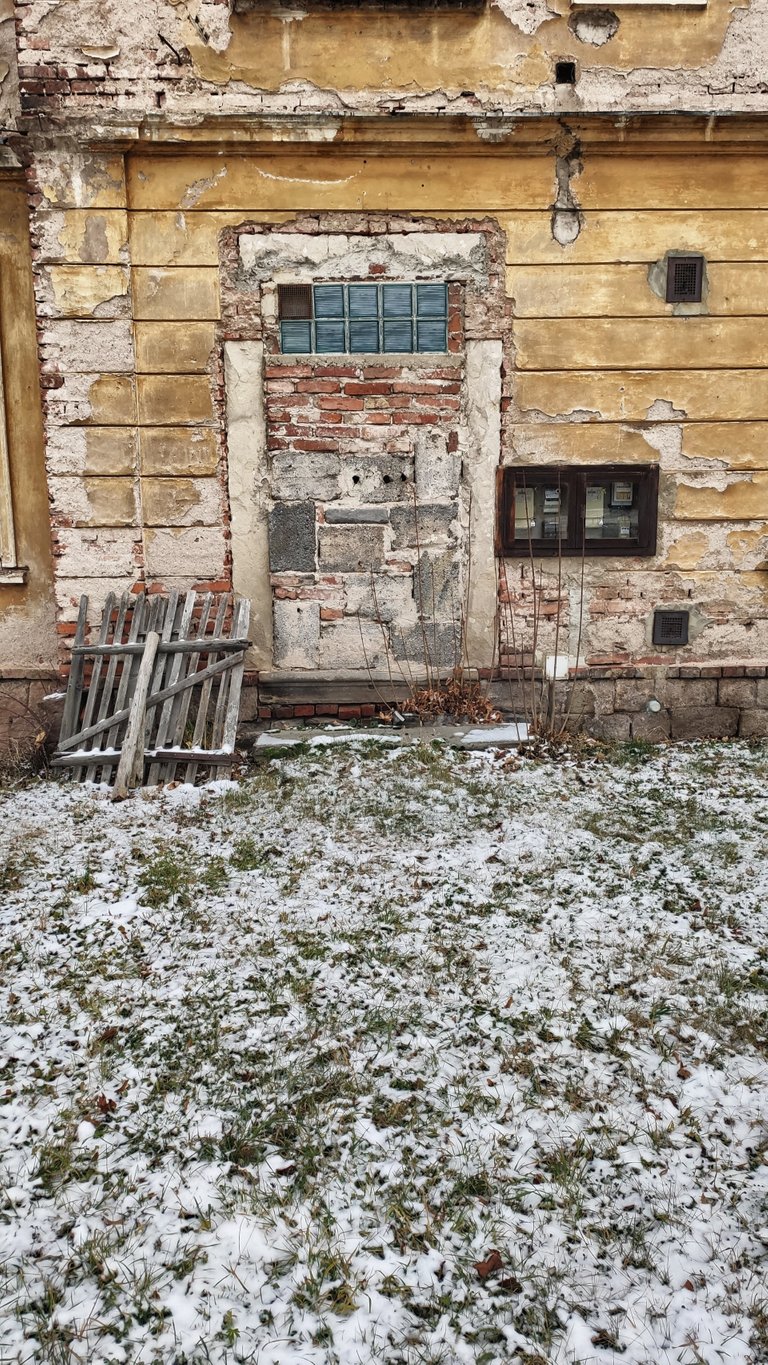 The future is over
The future is over
 The supermarket of a small vllage near Braunau
The supermarket of a small vllage near Braunau
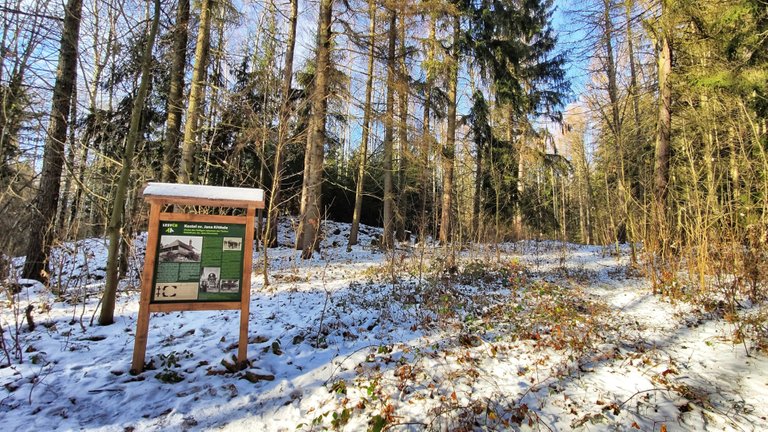 The place where the wooden church once was
The place where the wooden church once was
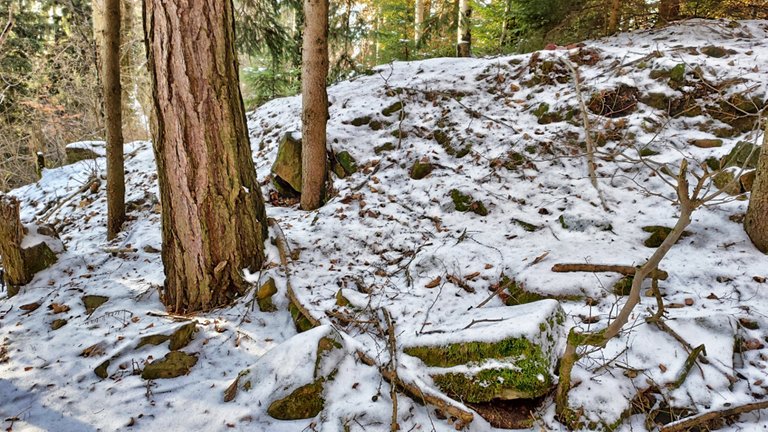 The last stones
The last stones



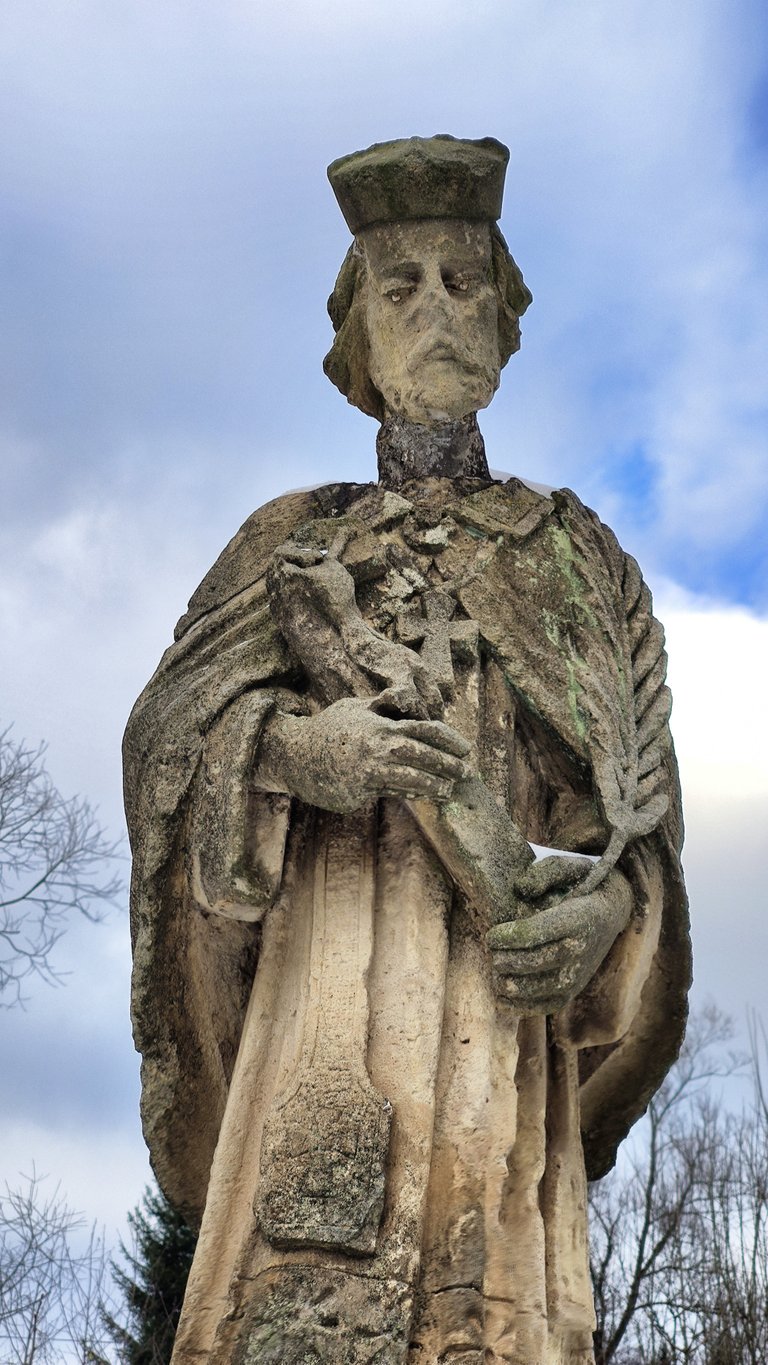 This holy man has lost his nose
This holy man has lost his nose

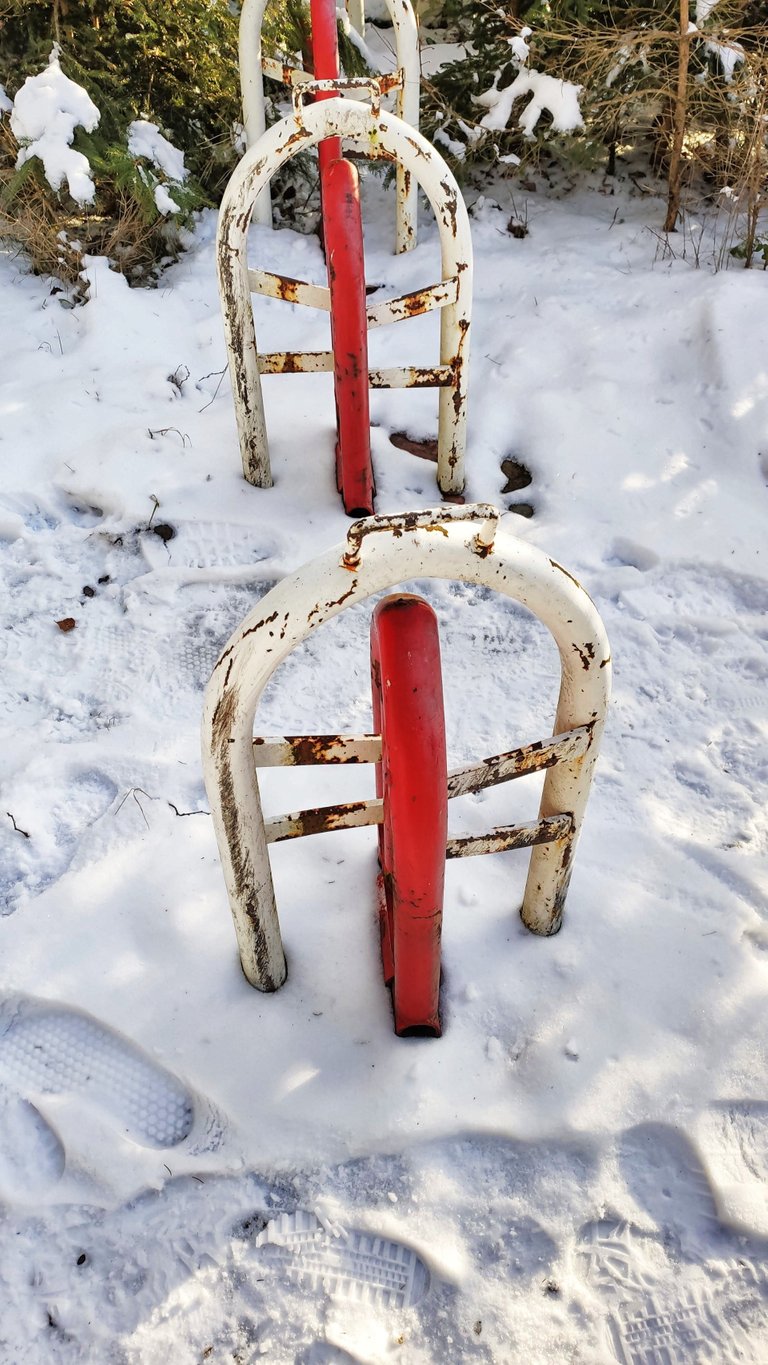 Borderline Czech - Poland
Borderline Czech - Poland
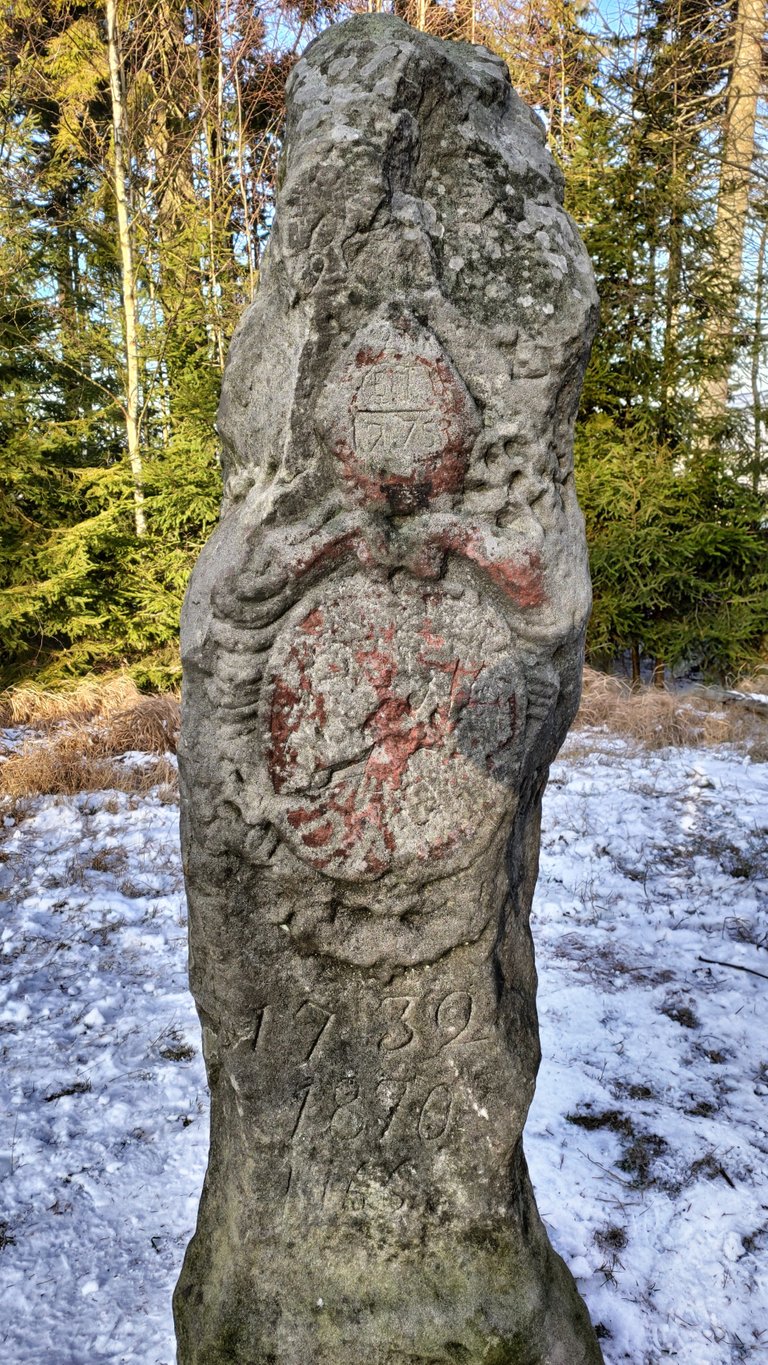 A monument for the wooden church
A monument for the wooden church

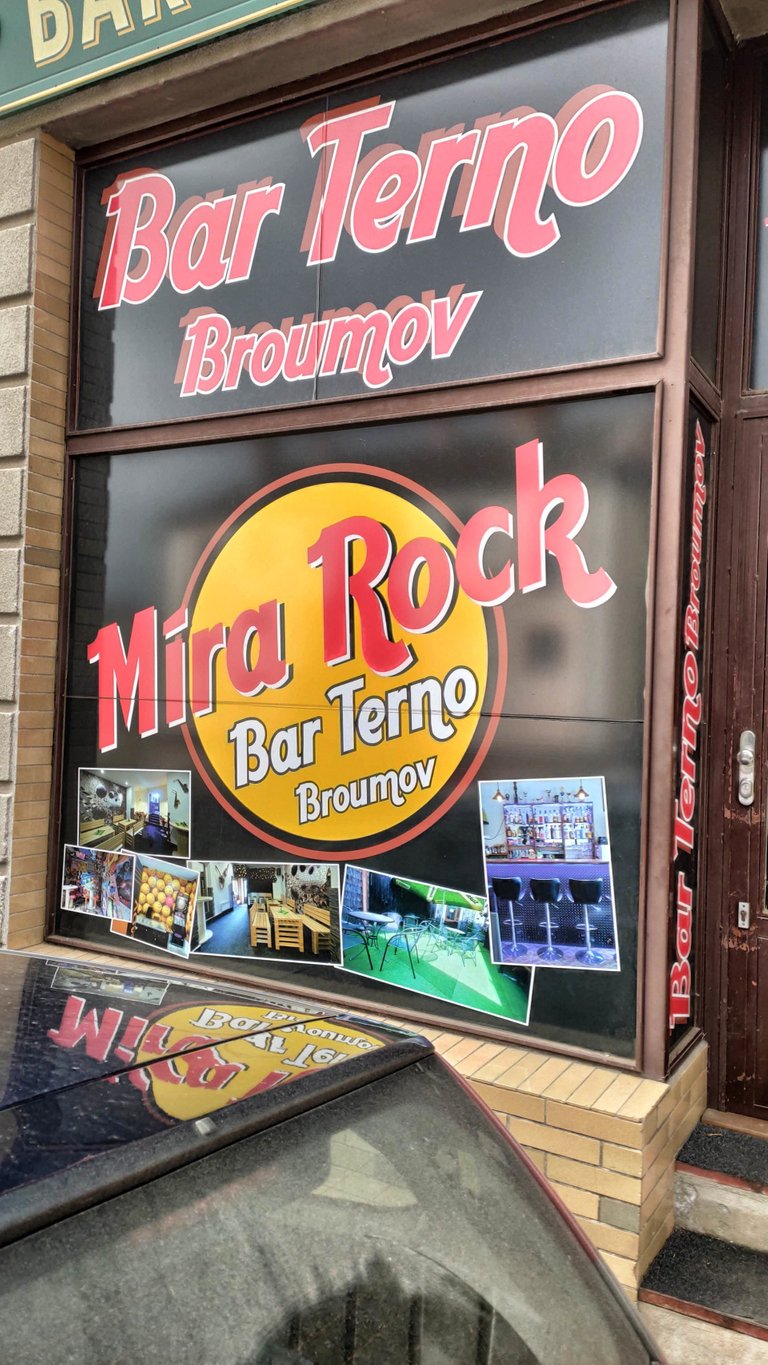 A rocking city is it too
A rocking city is it too
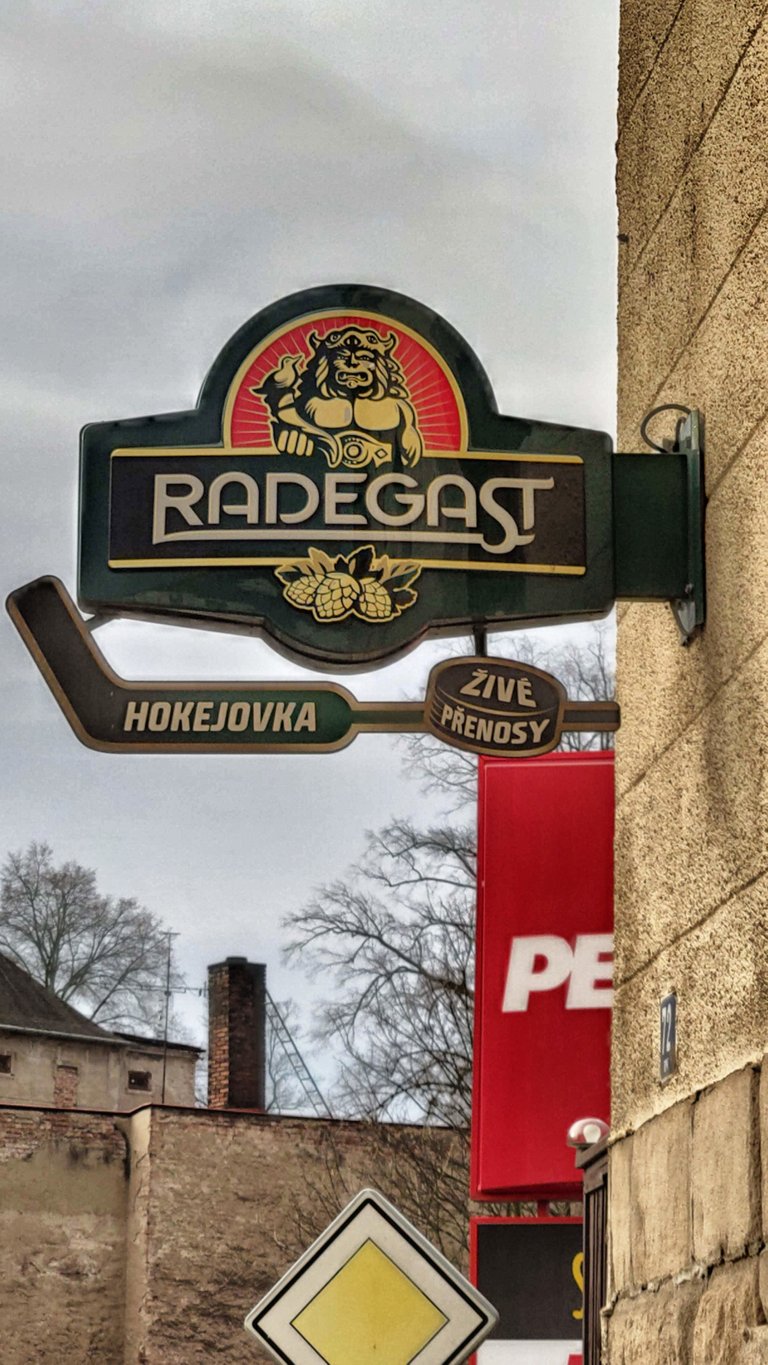 Whit hockey bars
Whit hockey bars

Thank you!
Hiya, @choogirl here, just swinging by to let you know that this post made it into our Honourable Mentions in Daily Travel Digest #1766.
Your post has been manually curated by the @pinmapple team. If you like what we're doing, please drop by to check out all the rest of today's great posts and consider supporting other authors like yourself and us so we can keep the project going!
Become part of our travel community:
@koenau Undoubtedly the images and your comments transport us to the history of those countries.
Thank you, it's always a pleasure
Congratulations @koenau! You received the biggest smile and some love from TravelFeed! Keep up the amazing blog. 😍 Your post was also chosen as top pick of the day and is now featured on the TravelFeed.io front page.
Thanks for using TravelFeed!
@invisusmundi (TravelFeed team)
PS: Have you joined our Discord yet? This is where over 1000 members of the TravelFeed come together to chat. Join us!
Wow, it is incredible the stories of the places, and how in this community of which I am new and I have been fascinated to learn, thanks for being able to teach us to those who do not have the opportunity to travel.
It's always fun to write stories like this.
😊
Congratulations, your post has been added to Pinmapple! 🎉🥳🍍
Did you know you have your own profile map?
And every post has their own map too!
Want to have your post on the map too?
!PIZZA !invest_vote !LUV